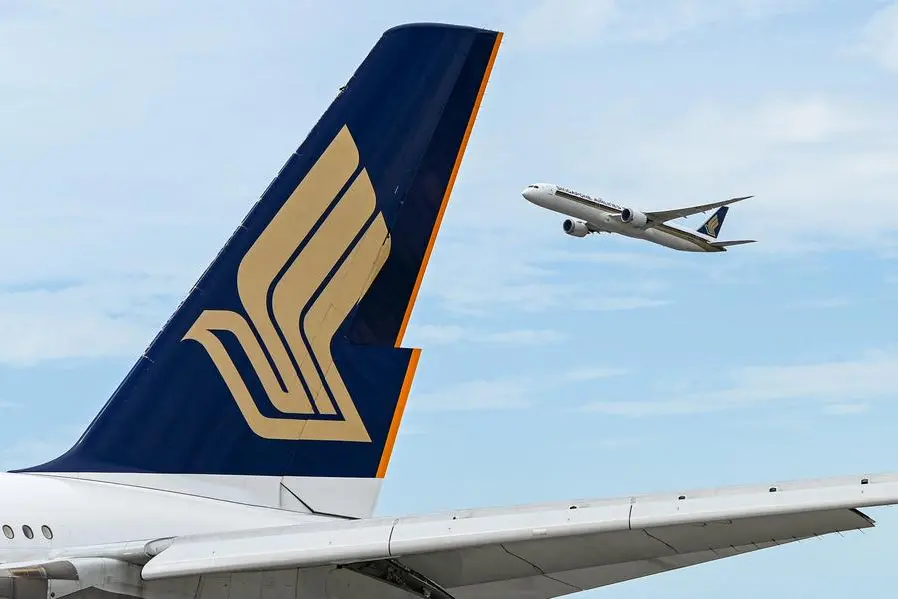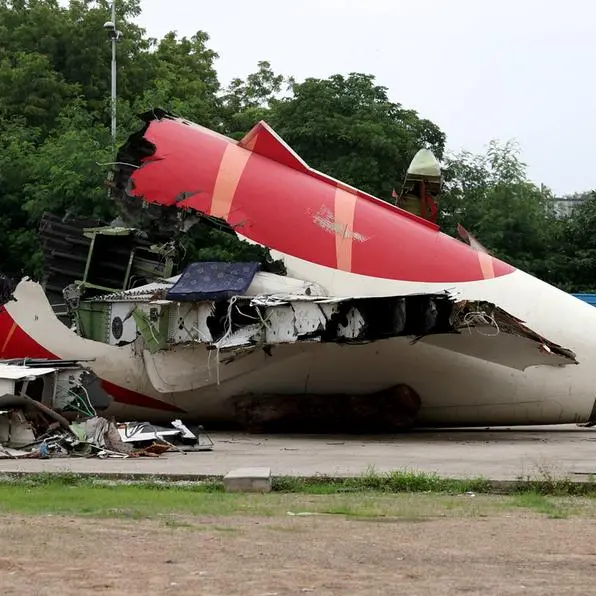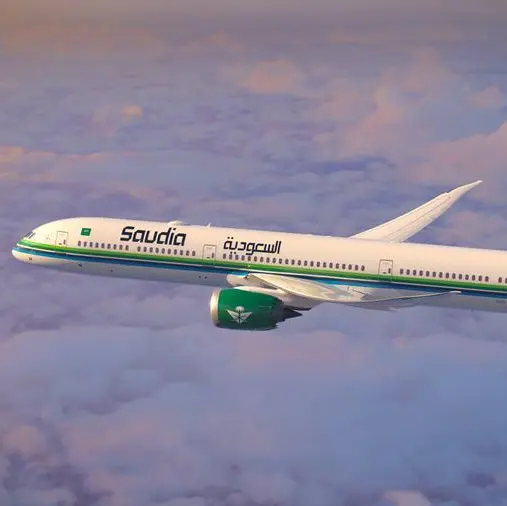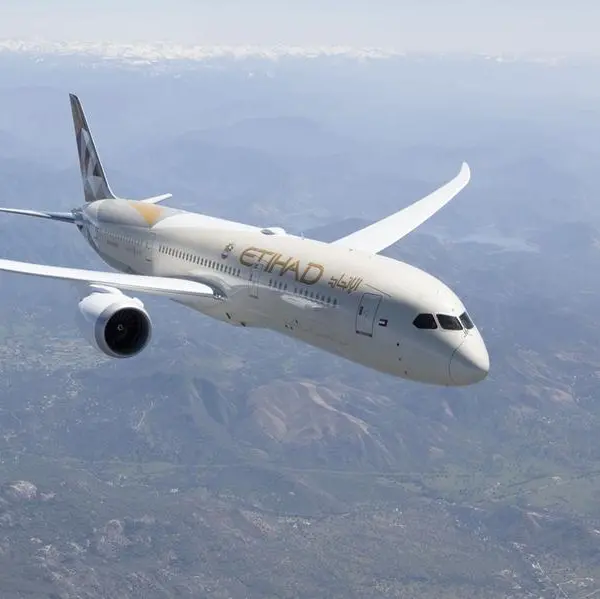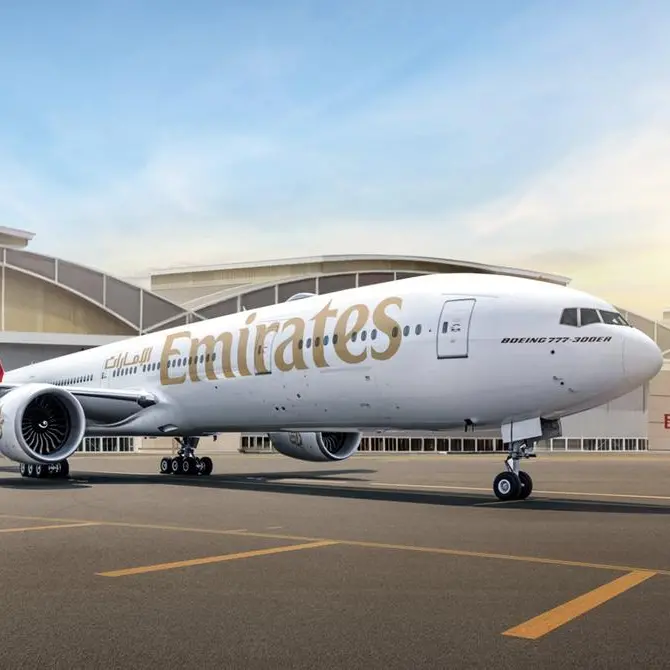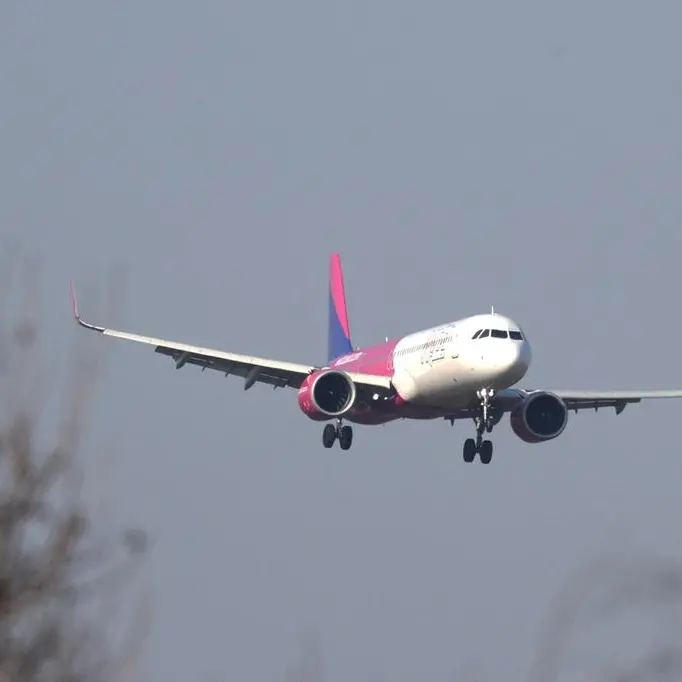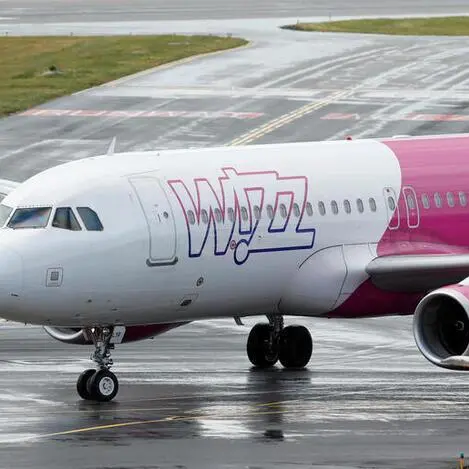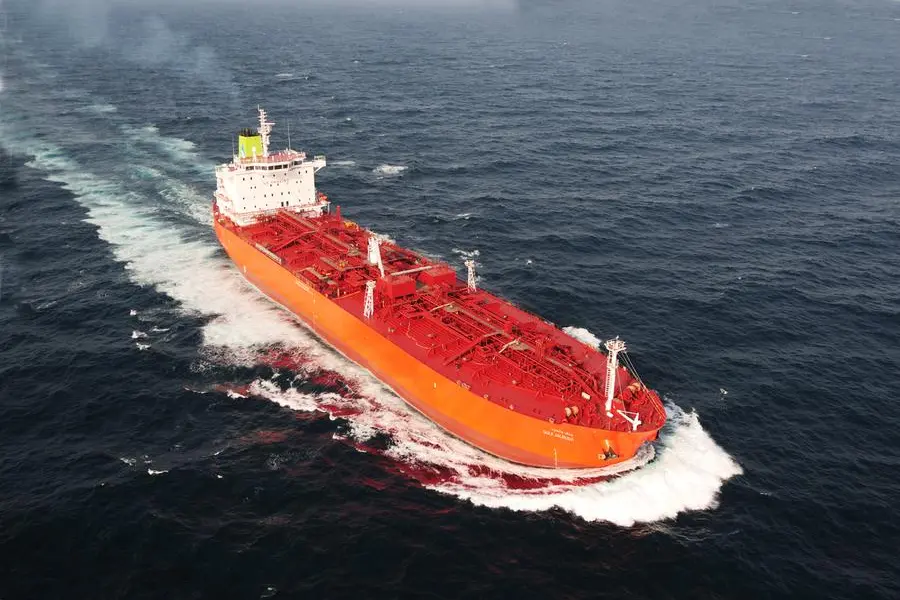PHOTO
Singapore Airlines has sent compensation offers to passengers on a flight last month from London to Singapore that ran into severe turbulence, causing dozens of injuries and a death, the carrier said on Tuesday.
Passengers with minor injuries have been offered $10,000, while those with serious injuries can discuss offers to meet specific needs, it added.
"Passengers medically assessed as having sustained serious injuries, requiring long-term medical care, and requesting financial assistance are offered an advance payment of $25,000 to address their immediate needs," that will form part of any final settlement, the airline said.
Three weeks after the May 20 flight, 11 passengers are still receiving medical care in hospitals in Bangkok, according to the airline.
A 73-year-old passenger died of a suspected heart attack and dozens were injured after flight SQ321 encountered what the airline described as sudden, extreme turbulence while flying over Myanmar. It diverted to Bangkok, the Thai capital.
Passengers said crew and those not strapped in left the floor or their seats and slammed into the cabin ceiling, cracking it in places. A Bangkok hospital treating passengers said there were spinal cord, brain and skull injuries.
Singapore Airlines said it would refund passengers' airfares and compensate them for the delay in line with European Union or British regulations covering their tickets.
An international agreement, the Montreal Convention, makes airlines liable for physical injuries from accidents on international flights, which can include turbulence, regardless of whether they were negligent.
If passengers file a lawsuit, the airline cannot contest damages up to about $175,000, but if greater damages are sought, Singapore Airlines can try to limit liability by proving it took all necessary measures to avoid the turbulence, lawyers say.
Allianz is the lead insurer for the aircraft, sources speaking on condition of anonymity have told Reuters.
Individuals' travel insurance policies will probably cover injuries from aircraft turbulence, but policies may vary, the Association of British Insurers said after the incident.
Travel claims lawyer Peter Carter said his Australia-based firm, Carter Capner Law, which represents some passengers, is paying close attention to what accident reports may say about the type of turbulence and whether pilots could have avoided it.
Shares in Singapore Airlines fell 0.4% on Tuesday. The stock remains little changed since the May 20 incident.
CAUSE OF TURBULENCE
In a preliminary report, Singapore's Transport Ministry said a rapid change in gravitational force and a drop in altitude of 54 m (177 ft) probably caused passengers and crew to become airborne.
The plane was probably flying over an area of "developing convective activity", it said, using a term referring to developing bad weather.
The most common cause of turbulence is the unstable weather patterns that trigger storms, which can be detected by weather radar, allowing pilots to fly around potential patches.
Another type, clear air turbulence, is a sudden and severe swirl even where there are no clouds. Such invisible pockets of air are hard to predict.
There were 211 passengers, including many Australians, British and Singaporeans, and 18 crew members on the flight.
The incident put seatbelt practices in the spotlight, with airlines typically allowing passengers to undo belts during normal cruise conditions, while recommending they keep them on.
Singapore Airlines, which is widely recognised as one of the world's leading airlines and a benchmark for much of the industry, has not had major incidents in recent years.
An analyst at Singapore-based DBS bank, Jason Sum, said the turbulence incident had not altered the bank's view on the carrier.
"We anticipate limited negative impact as public perception of the airline’s safety standards and consumer sentiment remains intact," he told Reuters on Tuesday, adding its crisis management had been "exemplary".
(Reporting by Lisa Barrington in Seoul, Xinghui Kok in Singapore; Editing by Jamie Freed and Clarence Fernandez)
